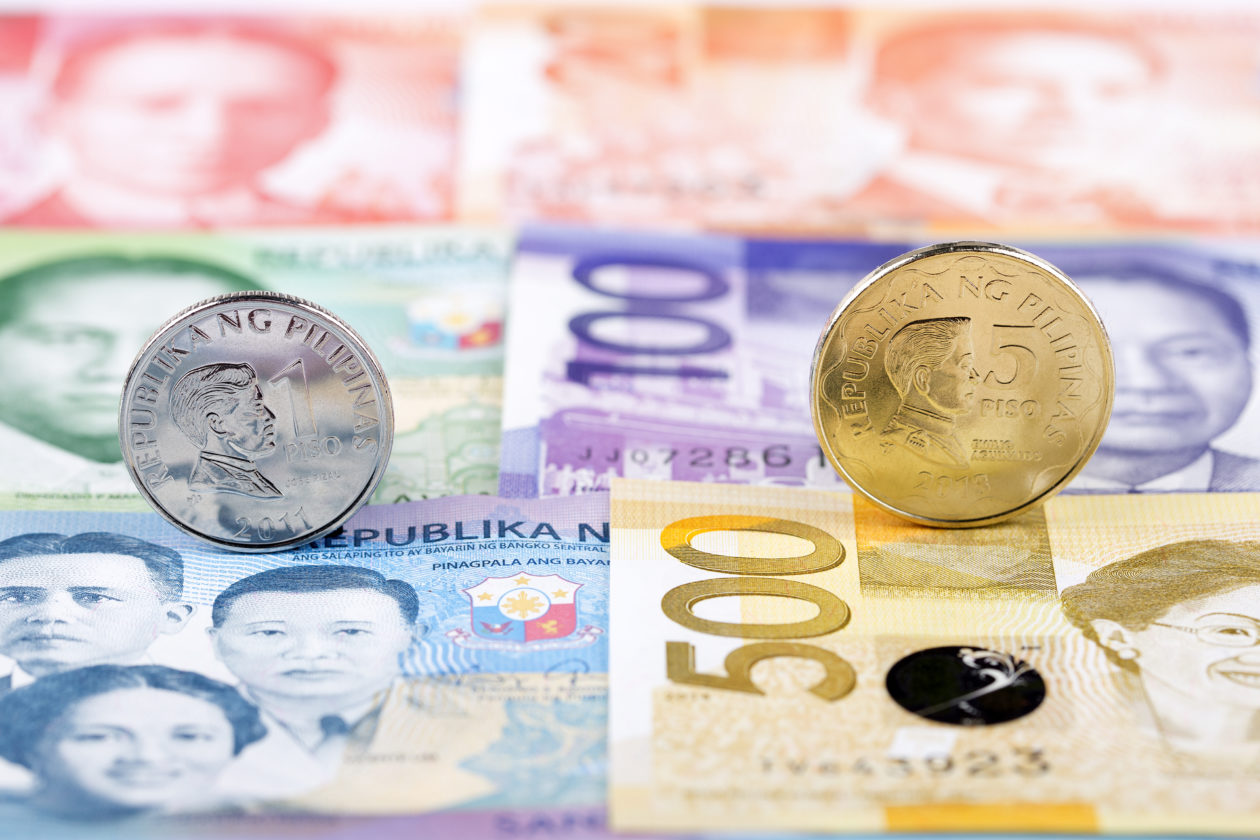If cryptocurrencies are a new asset class, then taxing trading profits would be expected, but India has already shown that a heavy hand can drive away companies innovating in the industry. Could the Philippines be next?
Ferdinand Marcos Jr. won the Philippines’ presidential election last month and is set to install his new government on June 30. One item on the agenda for the incoming administration is a review of taxation policies.
The Philippines Department of Finance last week outlined a tax strategy to generate revenue to help pay down 3.2 trillion pesos (US$61 billion) in debt related to tackling the Covid-19 pandemic. Among other items, it calls for new taxes on cryptocurrency by 2024, raising concerns that Manila may take lessons from India, which on April 1 slapped a 30% flat tax on all crypto income.
If the Philippines follows the India crypto model, “It’s going to kill the industry,’’ said Emman Navalan, the chief executive officer of Tetrix Network, a Filipino blockchain platform.
Navalan said he has no problem with the tax review and that larger companies in the crypto world, such as exchanges Binance and Coinbase, welcome clearer regulations.
That’s because “they know that this is going to pave the way for even more adoption in the mainstream,” he said in an interview with Forkast.
See related article: Philippines central bank to trial wholesale CBDC
Cash in hand
To be sure, the tax package proposed by the Philippines doesn’t define any fixed tax rates on crypto, only stating that in the face of the Covid-related debt the overall measures will be “fair” and cover the digital space, where tax laws need to catch up.
When asked for details on what crypto tax rates are being considered, a Department of Finance spokesperson declined to elaborate.
“We can’t give you details on your questions because those matters will be for the new administration to consider,” the official said.
They are heavy considerations. The new government will inherit debt that hit a record 12.68 trillion pesos (US$242 billion) in March, according to government figures, or about 63% of GDP, the highest in 17 years.
However, Benjamin E. Diokno, the current head of the Philippines central bank who will lead the Department of Finance in the Marcos Jr. administration, has said the country’s focus should be on growth, not higher taxes.
He told the ABS-CBN News Channel on May 27 that the country’s debt levels are manageable.

Navalan says tax rates are not the only key point for paying down debt, tax collection is, and that welcoming crypto as a new promising asset class, as opposed to punishing the industry, is a better approach.
“Because at the end of the day, it’s all about collection. You can invite more people to participate, right, by being very friendly to crypto. At the same time, get the taxes,” he said.
See related article: The Philippines looks to blockchain voting for its diaspora
Economic recovery will be the priority for the new leadership in the Philippines after the pandemic, said Brooks Entwistle at Ripple Labs Inc., the U.S.-based blockchain payment settlement company.
Tapping into the dynamic nature of the crypto industry will call for an agile and forward-looking regulatory framework, said Entwistle, a managing director for Asia, the Middle East and North Africa at Ripple.
“The key therefore lies in the principle of ‘same risk, same activity, same treatment,’ ” he said.
“By ensuring that activities carrying the same risks are regulated in the same way, we will be better placed to provide the regulatory certainty necessary for crypto innovation.”
Looking bright?
A Cryptocurrency Adoption Rate report by polling and survey site Finder indicates that the Philippines ranks fifth worldwide in cryptocurrency ownership, with 28% of adults in the country saying they hold digital assets.
Bitcoin is the most popular in the Philippines at 14%, followed by Bitcoin Cash at 7%, Ripple’s XRP 5%, Litecoin 5%, and Ethereum 4%.
Finder’s survey covered 42,000 people across 27 countries.
See related article: How a 12-year-old boy developed an NFT voting platform for the Philippines
“The future of cryptocurrency in the Philippines is undeniably bright,” Amor Maclang, Chair for Innovation at the European Chamber of Commerce in the Philippines, told Forkast.
“With both government authorities and local companies at the forefront of the movement, there is an increasingly high potential for cryptocurrency exchanges to continue their growth locally,” Maclang said.
Maclang said she expects cryptocurrency to have a more prominent discussion in the incoming administration, because the new “president is more knowledgeable on the issue than the previous government.”
Cash flow
The other positive angle for digital currencies in the Philippines is the large number of citizens working overseas and remitting money back to the country.
This cash flow in the form of remittances accounts for almost 10% of GDP and reached more than US$34 billion in 2020, according to World Bank statistics.
Bangko Sentral ng Pilipinas, the Philippines central bank, classes cryptocurrencies among what it calls virtual currencies and notes that remittances using licensed virtual currency exchanges are faster, more convenient, and cheaper than traditional remittance services.
Considering the size of the remittance amounts, tapping crypto technology to expand and make the process more efficient could prove attractive to planners in the Marcos Jr. administration looking to revitalize the economy.
“The Philippines is one of the largest remittance receiving countries in Asia, but traditional remittances today typically involve very high fees,” said Entwistle at Ripple.
“Crypto has helped to disrupt this space, offering much faster and cost-effective cross border payment options — ultimately putting more money in people’s pockets.”
See related article: Union Bank of Philippines partners with Hex Trust to enter digital asset ecosystem






